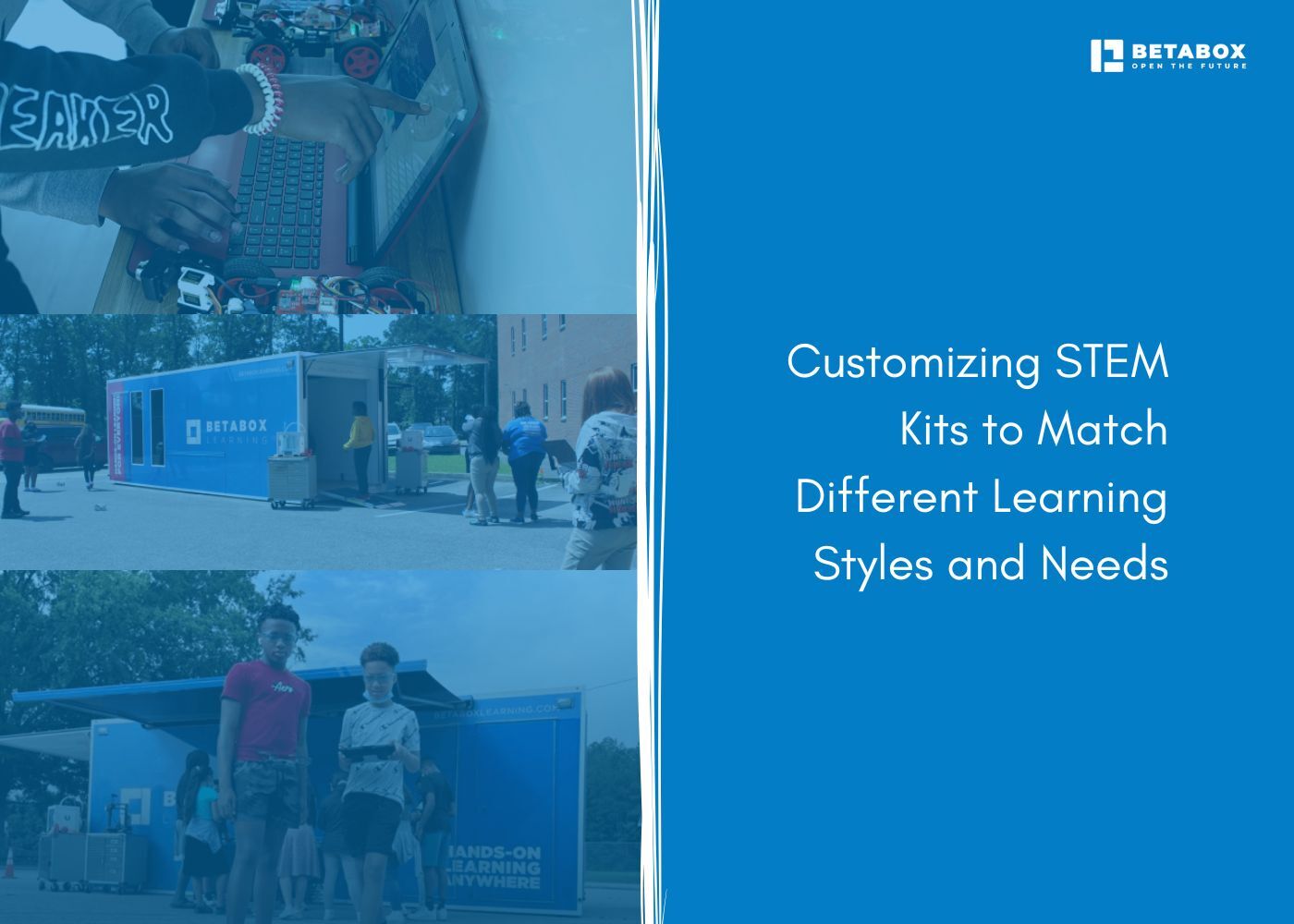
STEM kits have become essential tools for bringing hands-on technology education into classrooms. But not every student learns the same way.
A kit that captivates one learner may frustrate another. Customizing these resources to accommodate different learning styles can unlock engagement for every student in the room.
Students process information through different channels. Kinesthetic learners grasp concepts by doing and building. Visual learners need to see relationships through diagrams, color coding, and spatial arrangements. Auditory learners benefit from verbal explanations, discussions, and step-by-step narration.
Most students use a combination of these modes, but each has a dominant preference. When STEM kits address multiple modalities, more students can access the core concepts — a crucial factor in bridging the accessibility gap discussed in this Betabox article on STEM education in rural areas.
Standard STEM kits often assume all students will follow identical instructions and reach the same endpoint. This approach leaves behind learners who need different entry points or pacing.
Customization acknowledges that the goal is concept mastery, not rigid adherence to a single path.
Kinesthetic learners need to physically interact with materials to understand abstract concepts. Choose kits with modular components that students can assemble, disassemble, and reconfigure.
Building a robot teaches mechanical advantage better than reading about it. Wiring an LED circuit demonstrates current flow more clearly than a diagram alone.
Allow students to test, fail, and rebuild. Kinesthetic learners deepen understanding through trial and error.
Design challenges where there is no single "correct" build encourage experimentation. Students learn which design variables affect performance by changing them and observing results.
Add color-coded components to distinguish different circuit paths or structural elements. Include step-by-step photo guides alongside written instructions.
Use transparent materials when possible so students can see internal mechanisms. Create flowcharts or diagrams that show how individual steps connect to the final outcome.
Incorporate verbal instruction phases where students explain their process to a partner. Record video instructions that students can replay.
Structure activities with discussion checkpoints where learners articulate what they discovered. Encourage students to narrate their build process aloud, which reinforces understanding through verbalization.
Students engage more deeply when STEM challenges connect to their lives. A kit focused on environmental sensors resonates with students concerned about climate change. Robotics projects appeal to students who enjoy gaming and automation.
Survey students about their interests before selecting kits. This simple step dramatically increases motivation.
Not all students enter STEM activities with the same background knowledge. Provide extension challenges for advanced learners and scaffolded entry points for beginners working with the same base kit.
This differentiation lets every student work in their zone of proximal development rather than being bored or overwhelmed.
Effective inclusive design offers several ways to engage with the same challenge. Students might choose between building a robotic arm or programming its movement, both contributing to a shared class project.
This approach respects different strengths while maintaining a common learning objective.
Consider students with fine motor challenges, visual impairments, or other learning differences. Larger components accommodate limited dexterity. Tactile markers help students with visual impairments distinguish parts.
Clear workspace organization and step-by-step task cards support students who need additional structure.
Younger students need kits with fewer small parts and clearer cause-and-effect relationships. Focus on exploration rather than precision.
Guided discovery works better than open-ended challenges at this stage. Students build confidence through successful completion before tackling more complex problems.
This age group benefits from challenges with real-world applications. Introduce measurement, data collection, and basic programming concepts.
Students can handle more complex builds and appreciate design constraints that mirror engineering problems.
Older students thrive with open-ended design challenges that require research, prototyping, and iteration. They can integrate multiple STEM disciplines in a single project.
Career connections become more important. Frame challenges around problems professionals actually solve.
Watch which students struggle with specific kit components. These observations guide customization decisions.
If multiple students abandon a build at the same step, that instruction likely needs clarification or the component needs redesign.
Set up a materials table where students can select alternative components or tools based on their needs. This student agency increases ownership and problem-solving.
Ask students what helped them understand the concept and what created confusion. Their insights reveal which customizations actually improve learning.
Schools often lack the resources to customize STEM kits from scratch. Betabox Onsite Field Trips bring multiple technology stations directly to school parking lots, exposing students to various hands-on activities in a single session. This approach lets educators observe which formats engage their specific student population.
For sustained classroom implementation, Hands-On Projects provide flexible curricula that teachers can adapt to their students' needs. The materials are designed for modification rather than rigid adherence.
Teachers seeking professional development in differentiated STEM instruction can explore Onsite Workshops, which model practical customization strategies.
Program Implementation support helps districts develop comprehensive plans that address diverse learner needs across multiple schools.
Customization is not about creating entirely different activities for every student. It is about designing flexible experiences with multiple paths to the same learning destination. When STEM kits accommodate different learning styles, more students discover their capacity for technology and innovation.
Start your application to explore funding options and implementation support.
What are the different learning styles for STEM education?
The three primary learning styles are kinesthetic (learning by doing and building), visual (learning through diagrams and spatial relationships), and auditory (learning through verbal explanation and discussion). Most students use a combination but have one dominant preference.
How can STEM kits be customized for kinesthetic learners?
Provide modular components that students can physically manipulate, assemble, and reconfigure. Build in opportunities for iteration where students test their builds, observe results, and make modifications. Physical interaction with materials helps kinesthetic learners grasp abstract concepts.
Why is it important to adapt STEM kits for diverse learners?
Standardized approaches leave behind students who need different entry points or pacing. Customization ensures more students can access core concepts and develop STEM interest regardless of their learning preferences, prior experience, or abilities.
How do visual and auditory learners benefit from customized STEM kits?
Visual learners benefit from color-coded components, photo guides, transparent materials, and flowcharts that show connections between steps. Auditory learners engage more deeply when activities include verbal instruction, partner explanations, discussion checkpoints, and opportunities to narrate their process.
What are examples of inclusive STEM kits?
Inclusive kits offer multiple entry points to the same challenge, larger components for fine motor considerations, tactile markers for visual impairments, and clear task cards for students needing additional structure. They balance common learning objectives with respect for different strengths and abilities.


Ready to learn how Betabox resources can be implemented at your school or District?
Book a Blueprint Call

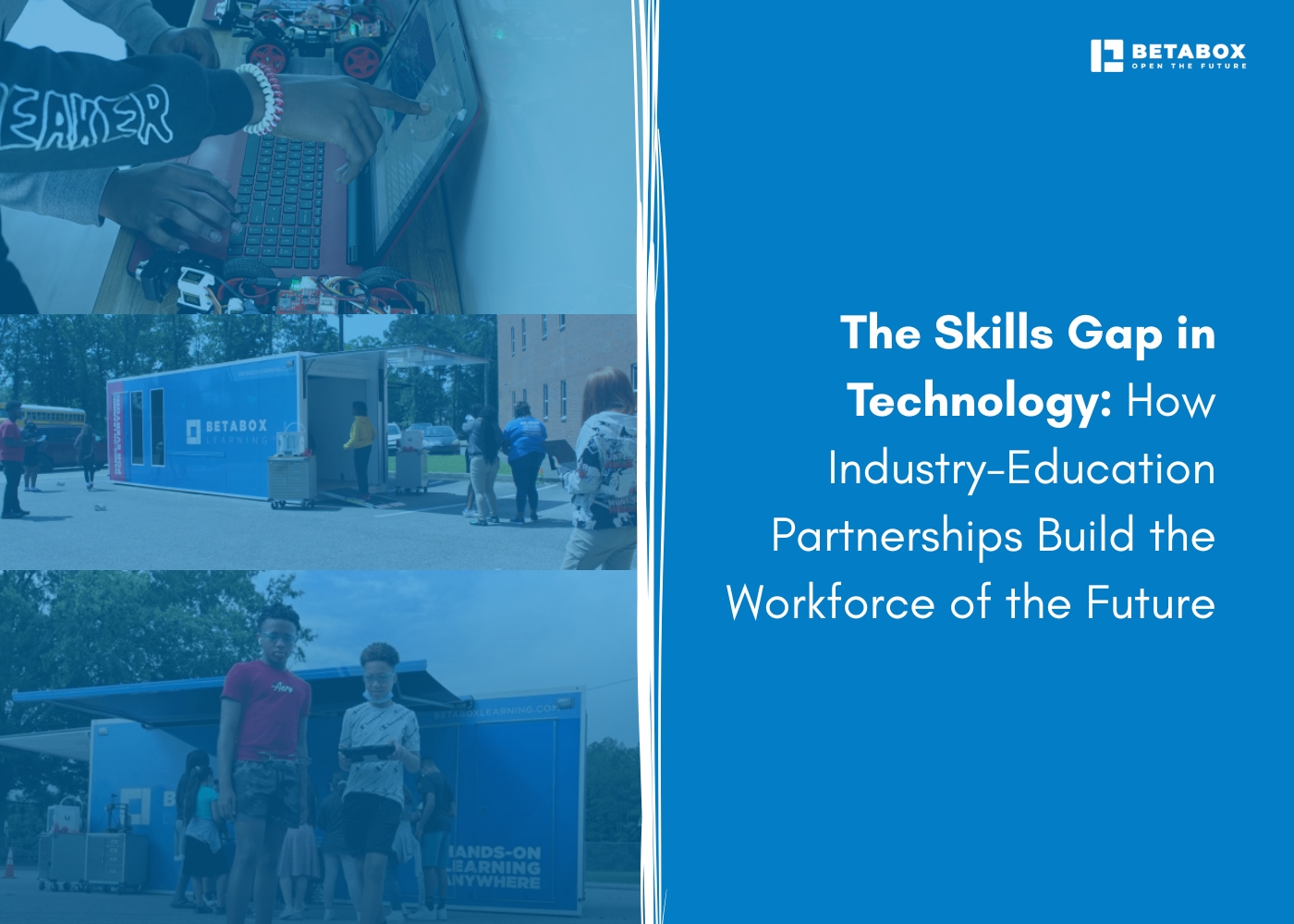

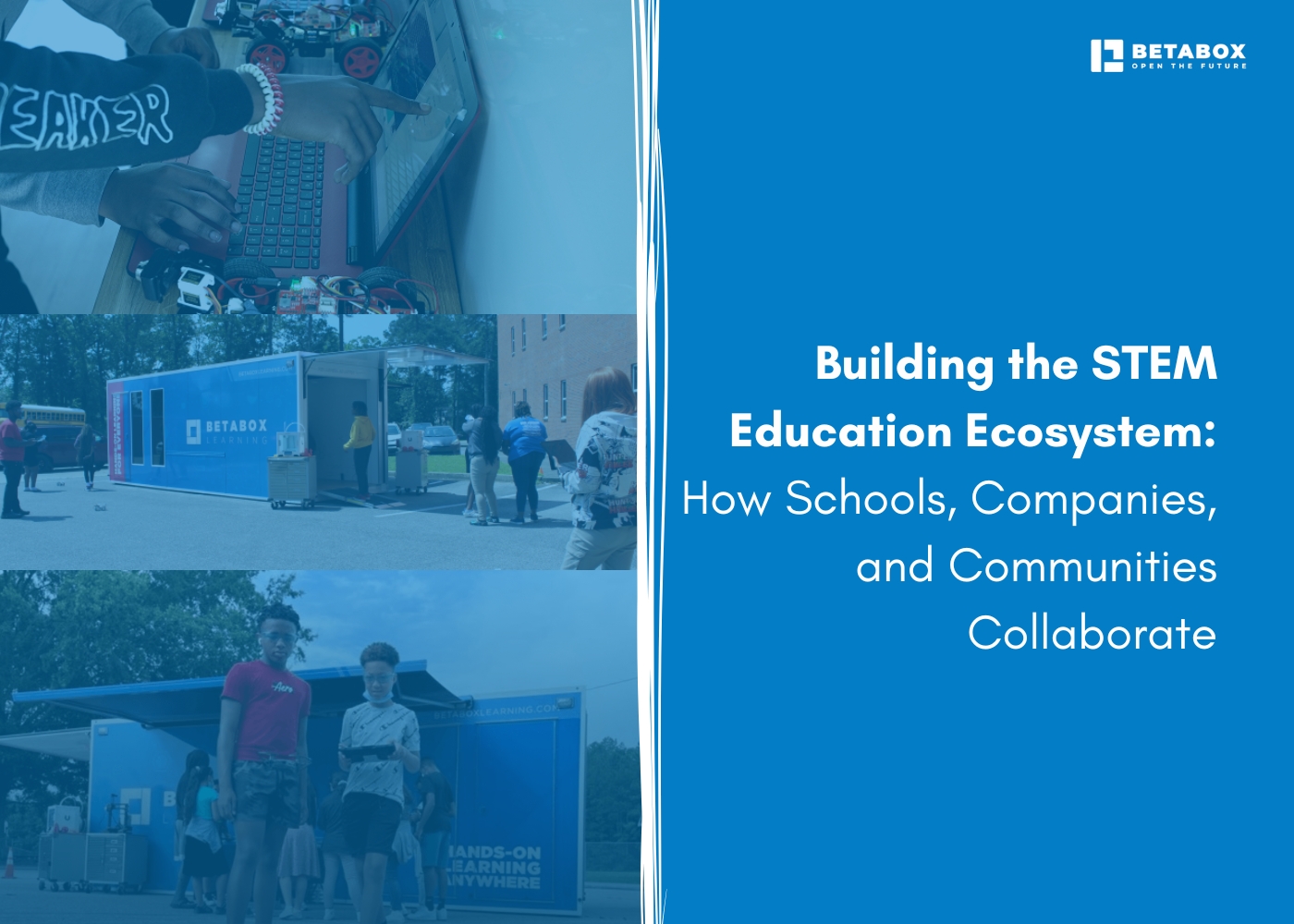

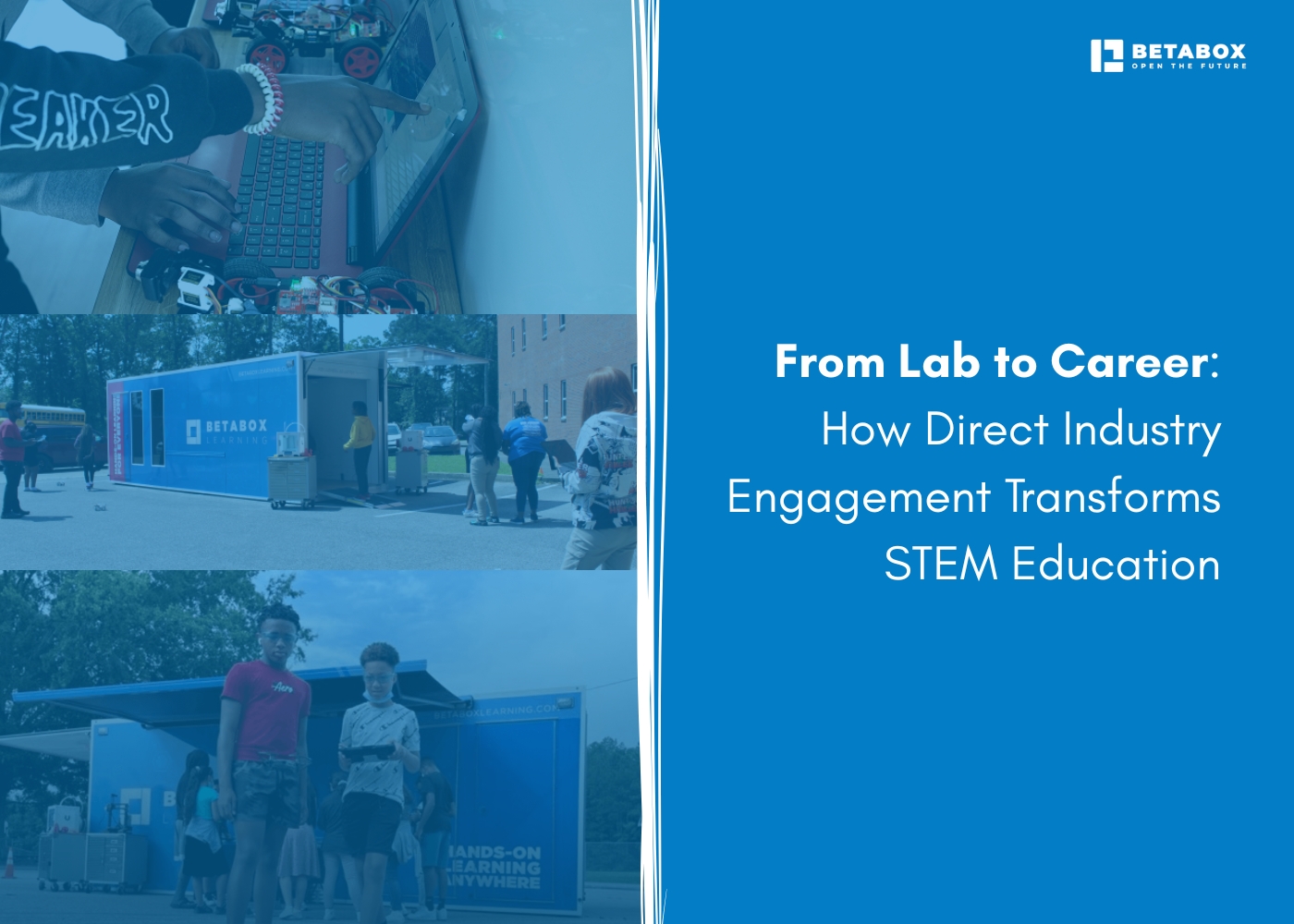

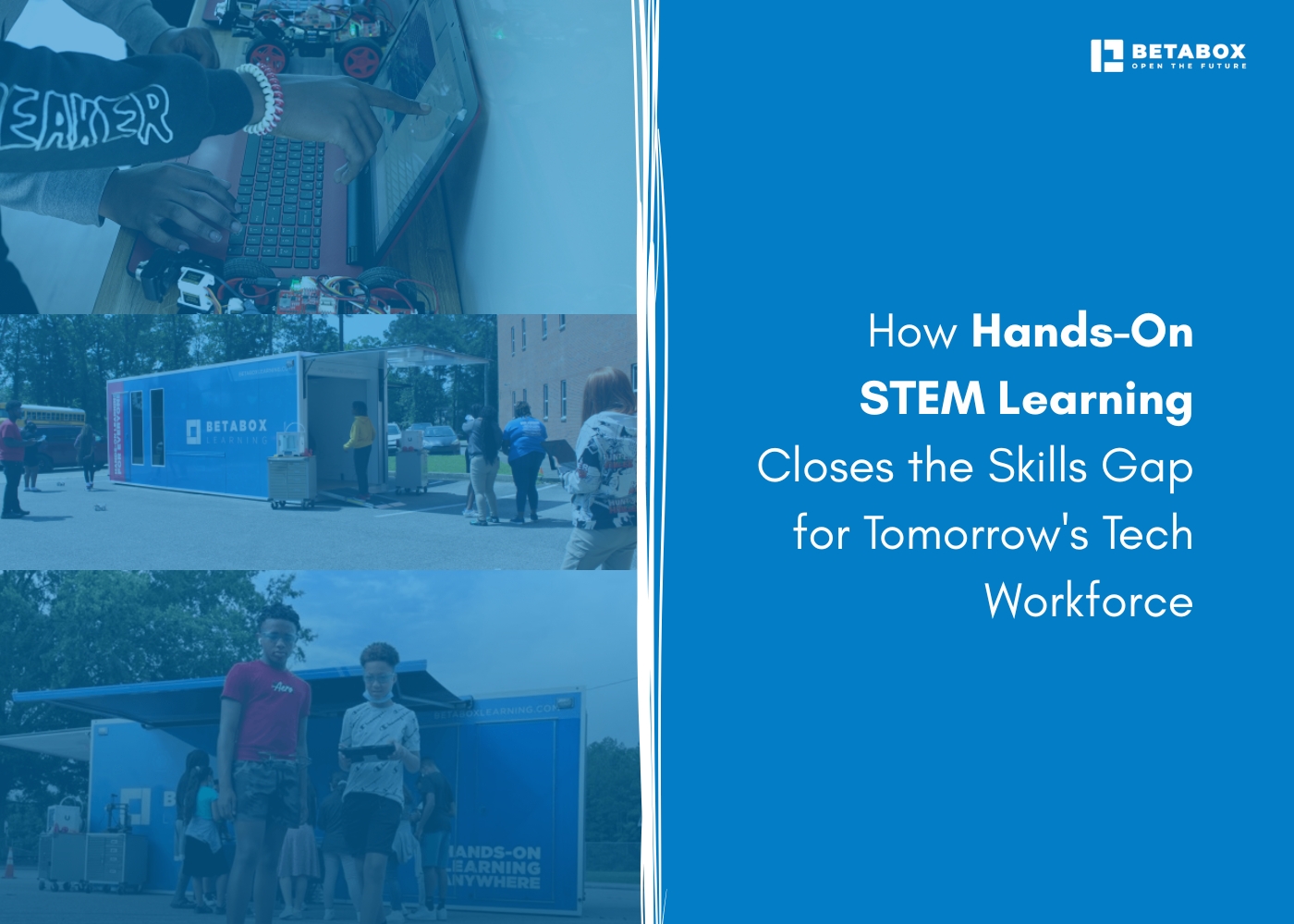

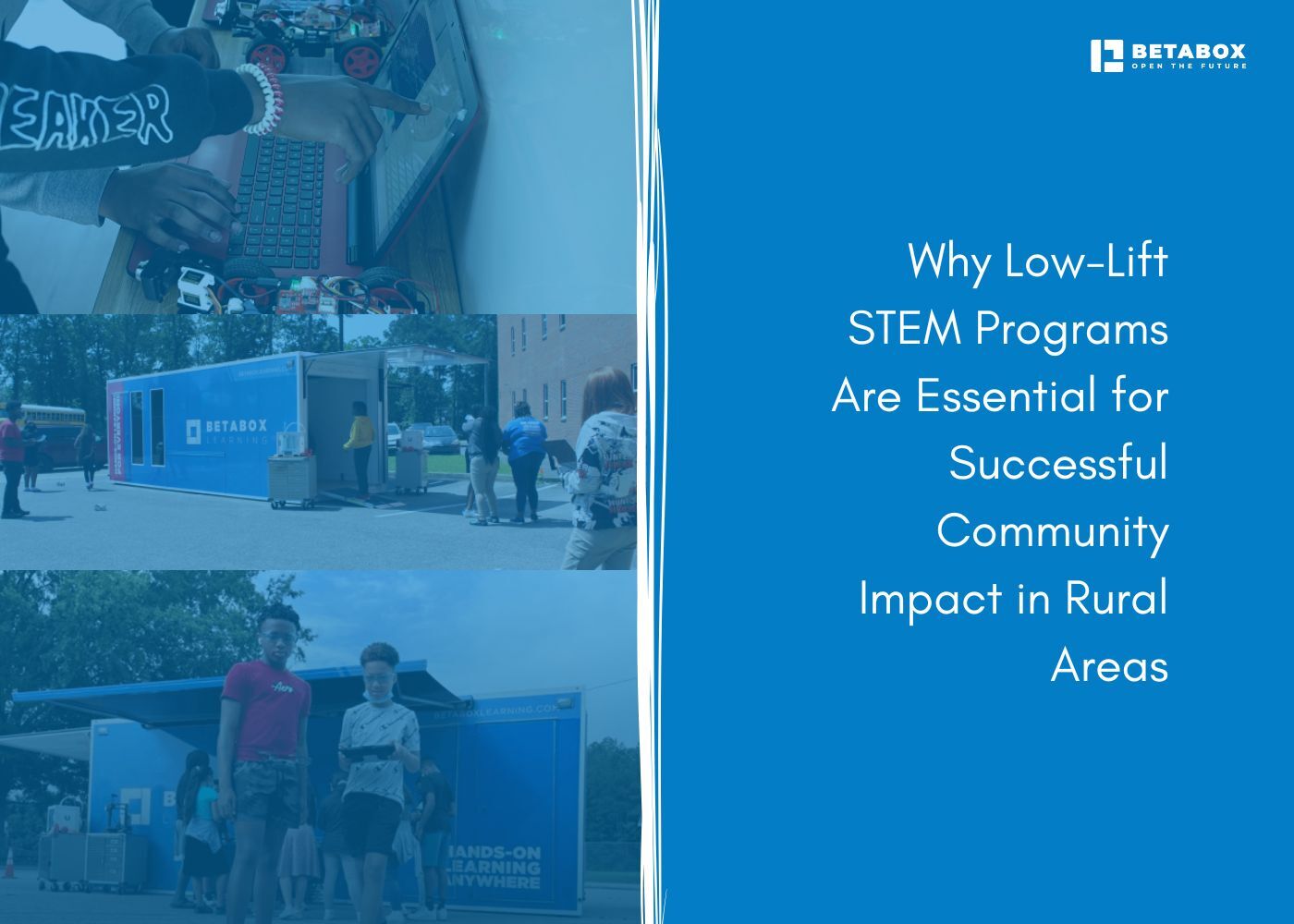

.jpg)

.jpg)

.jpg)

.jpg)





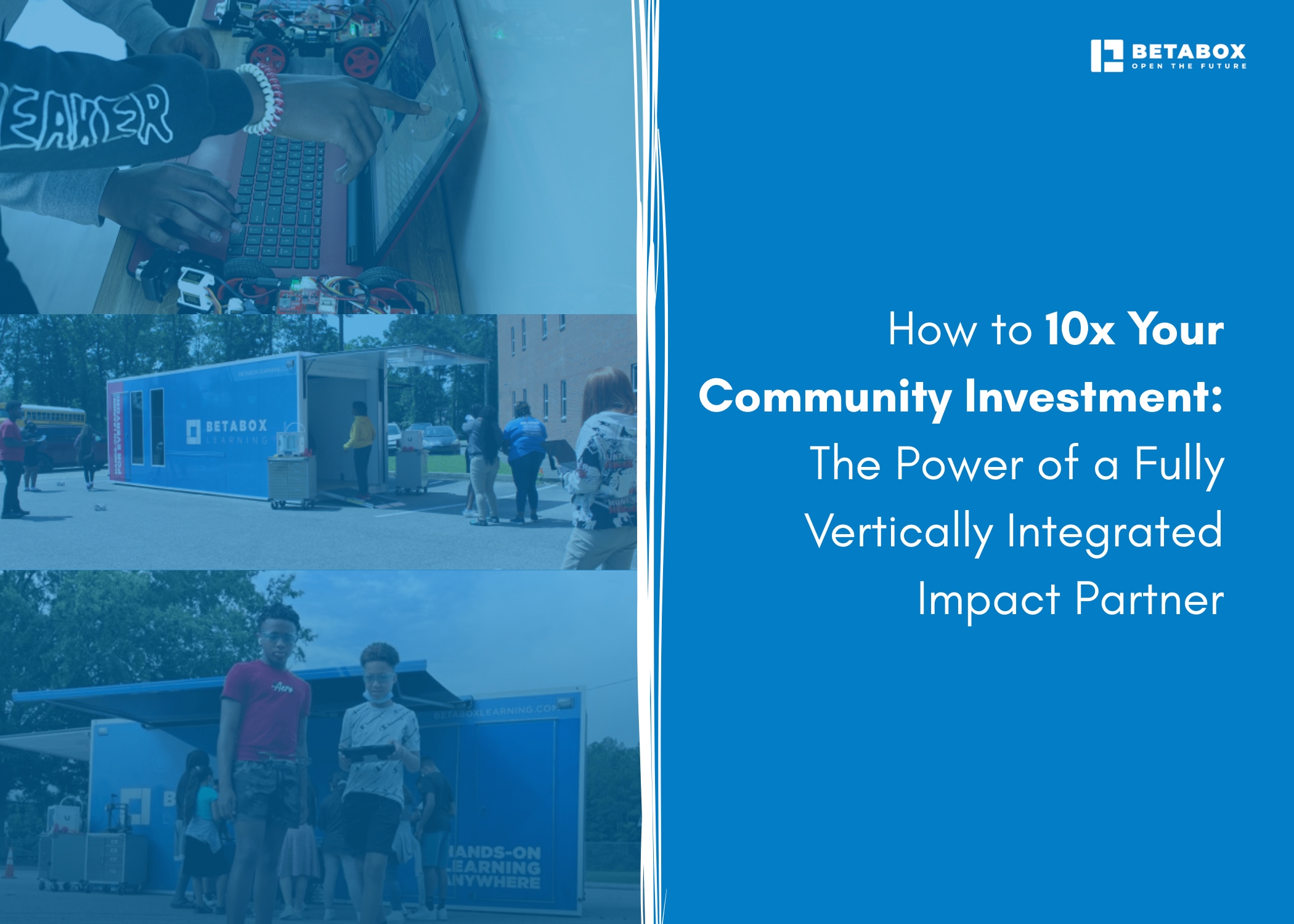

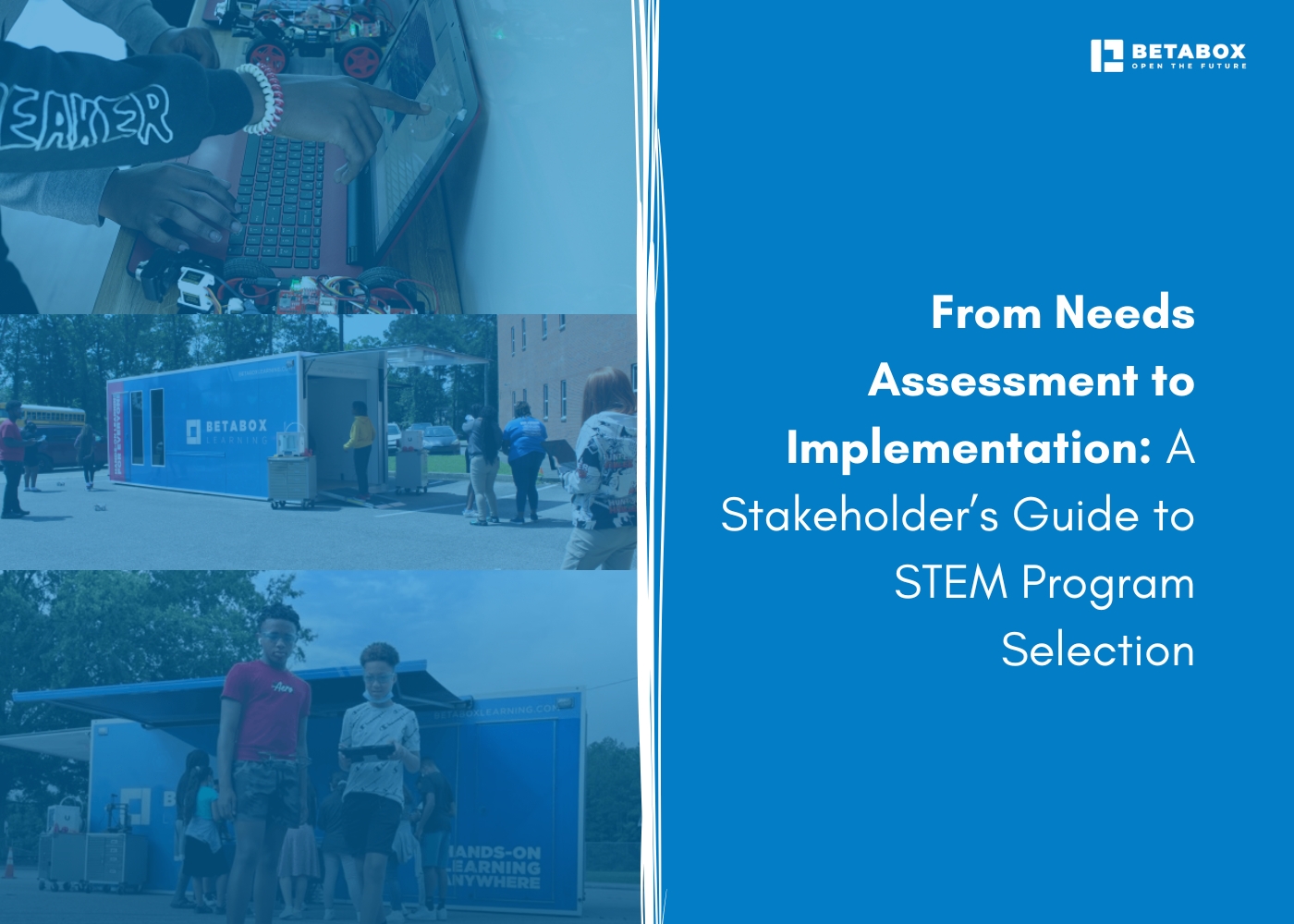

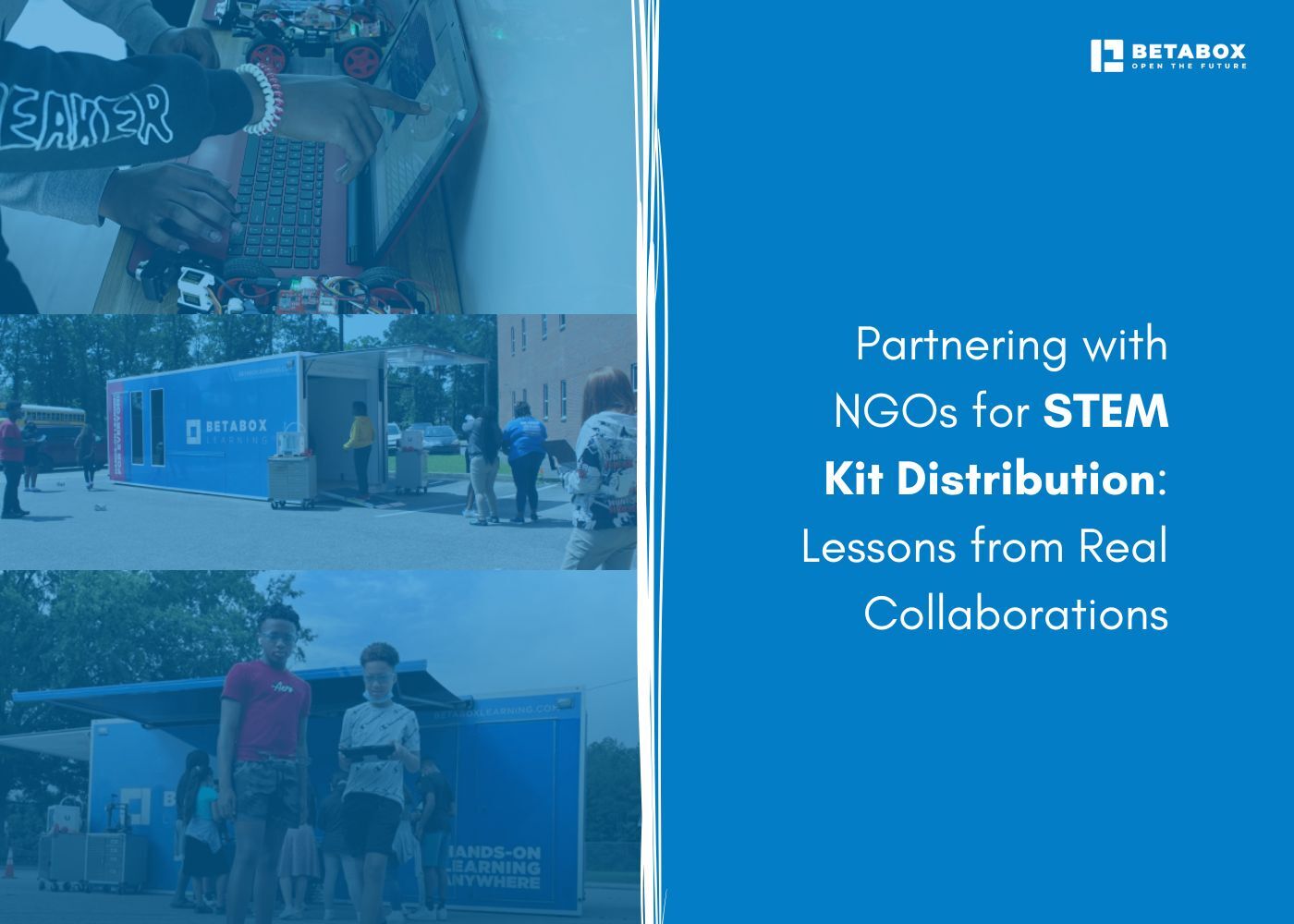

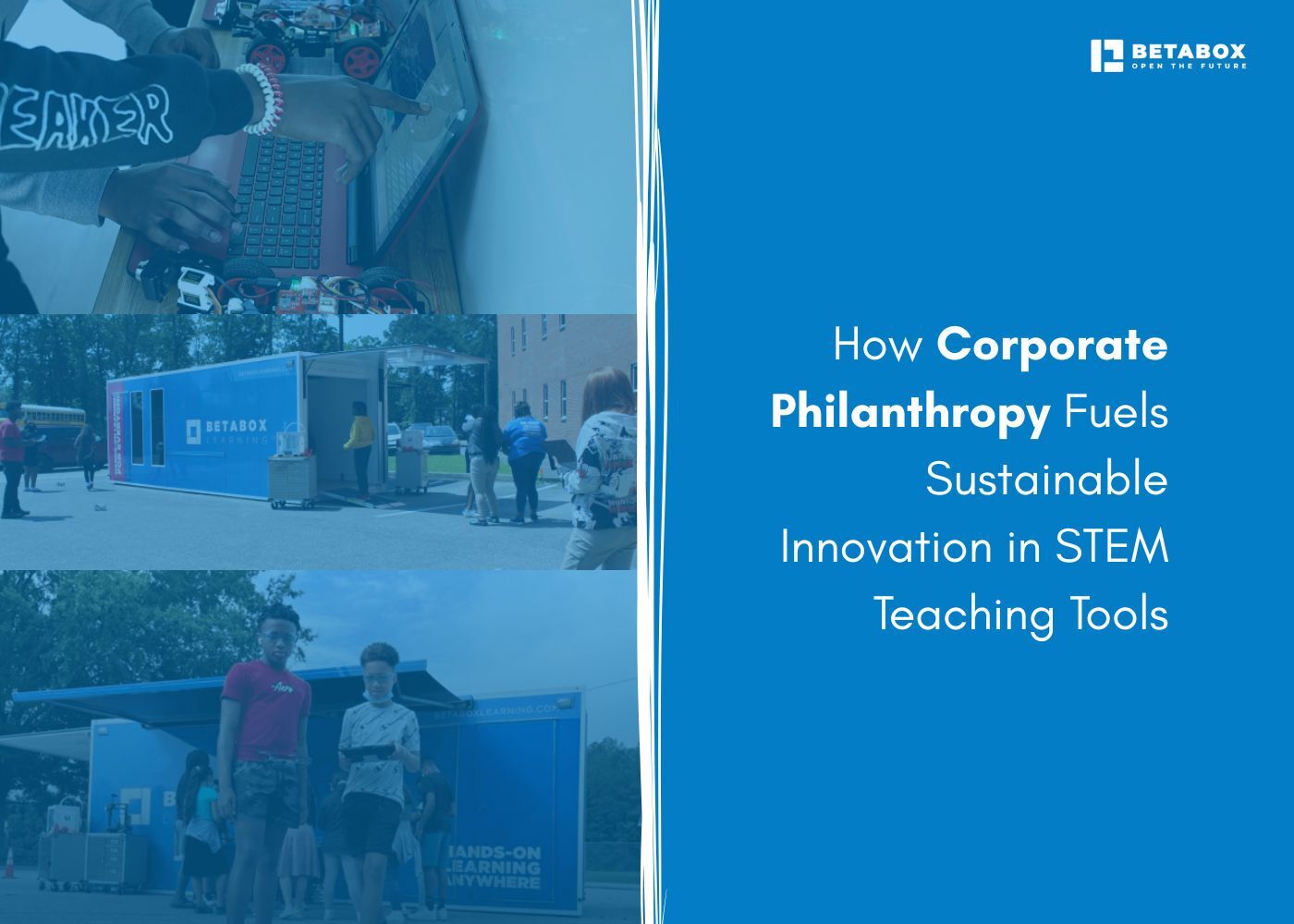

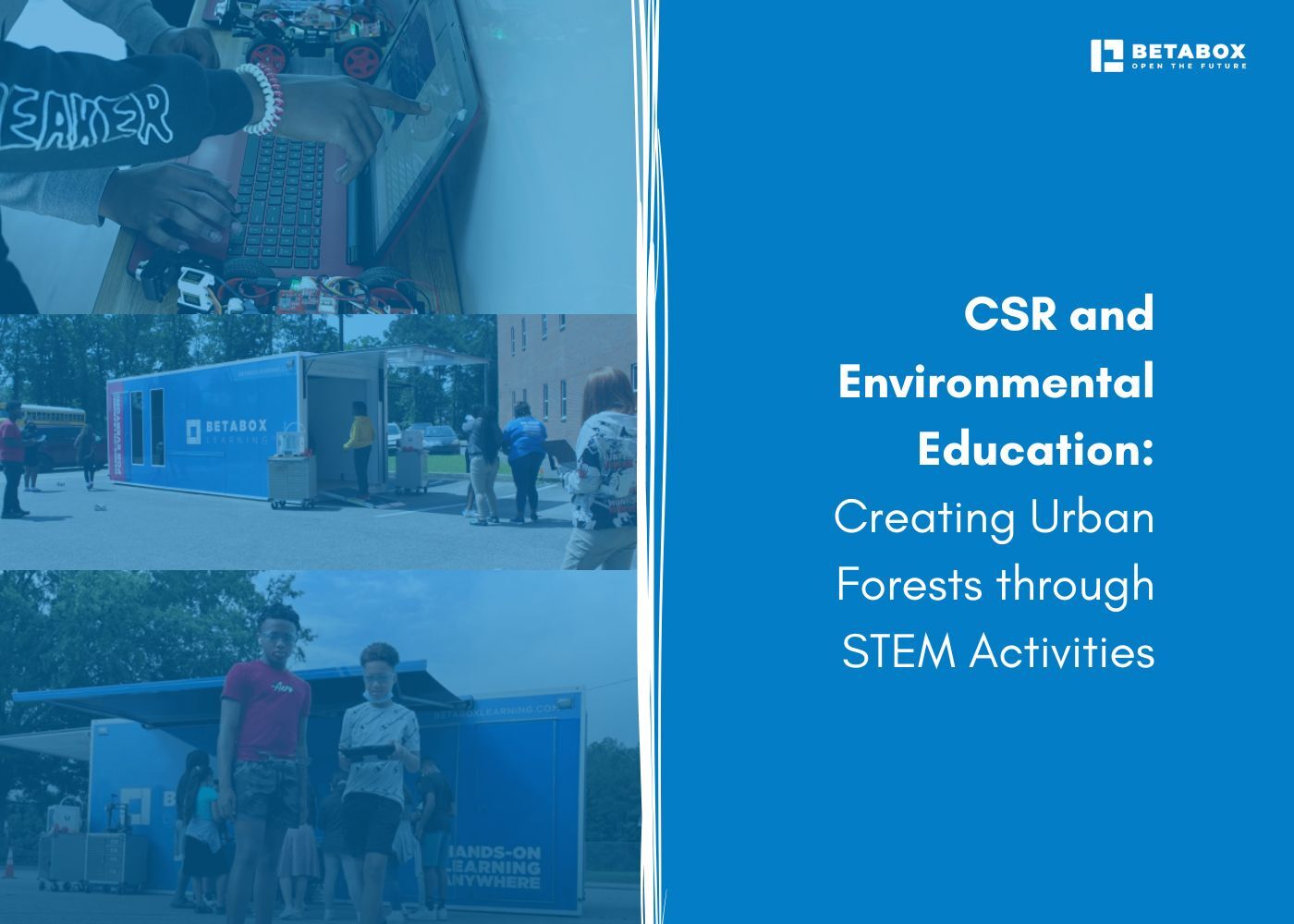

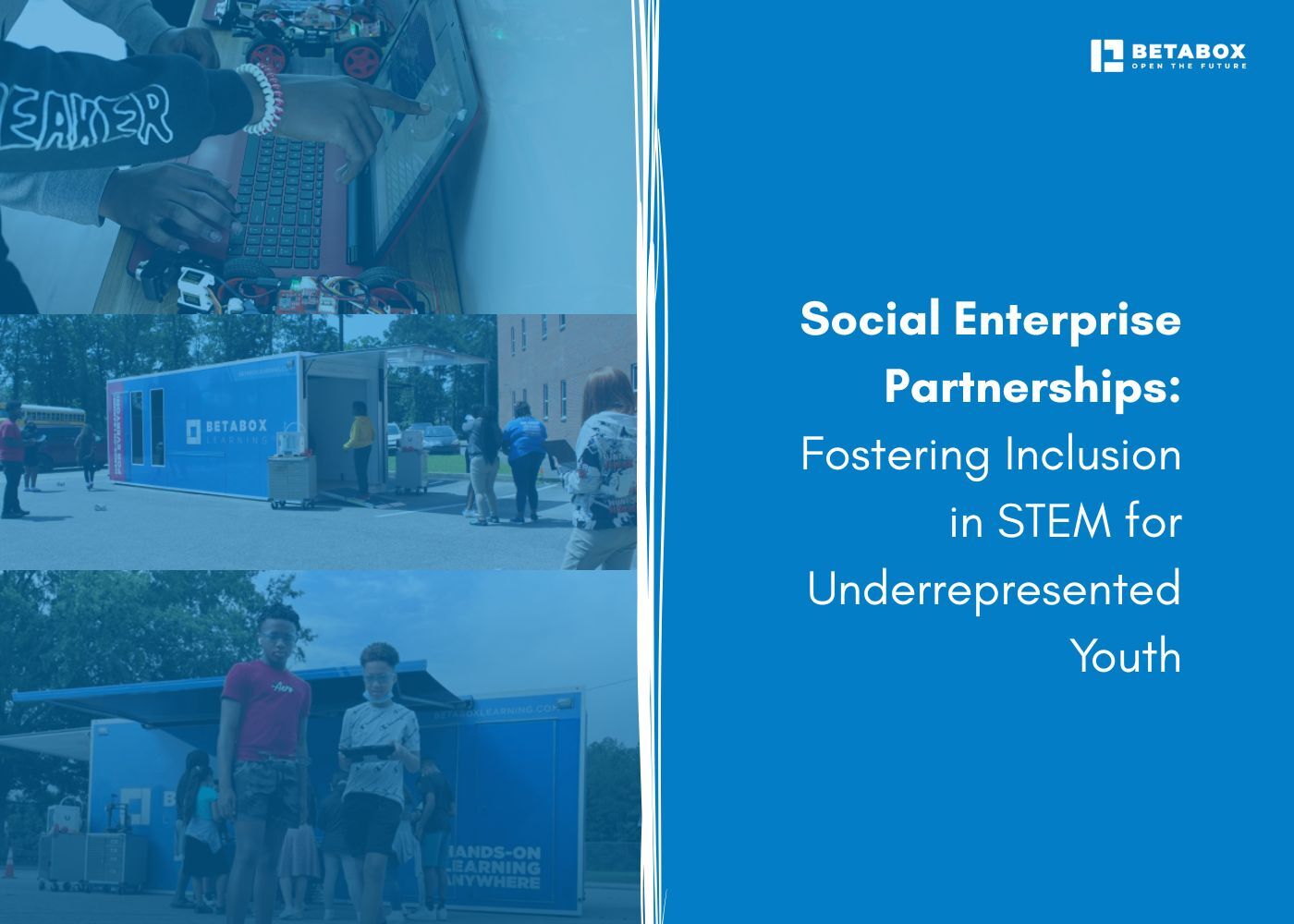

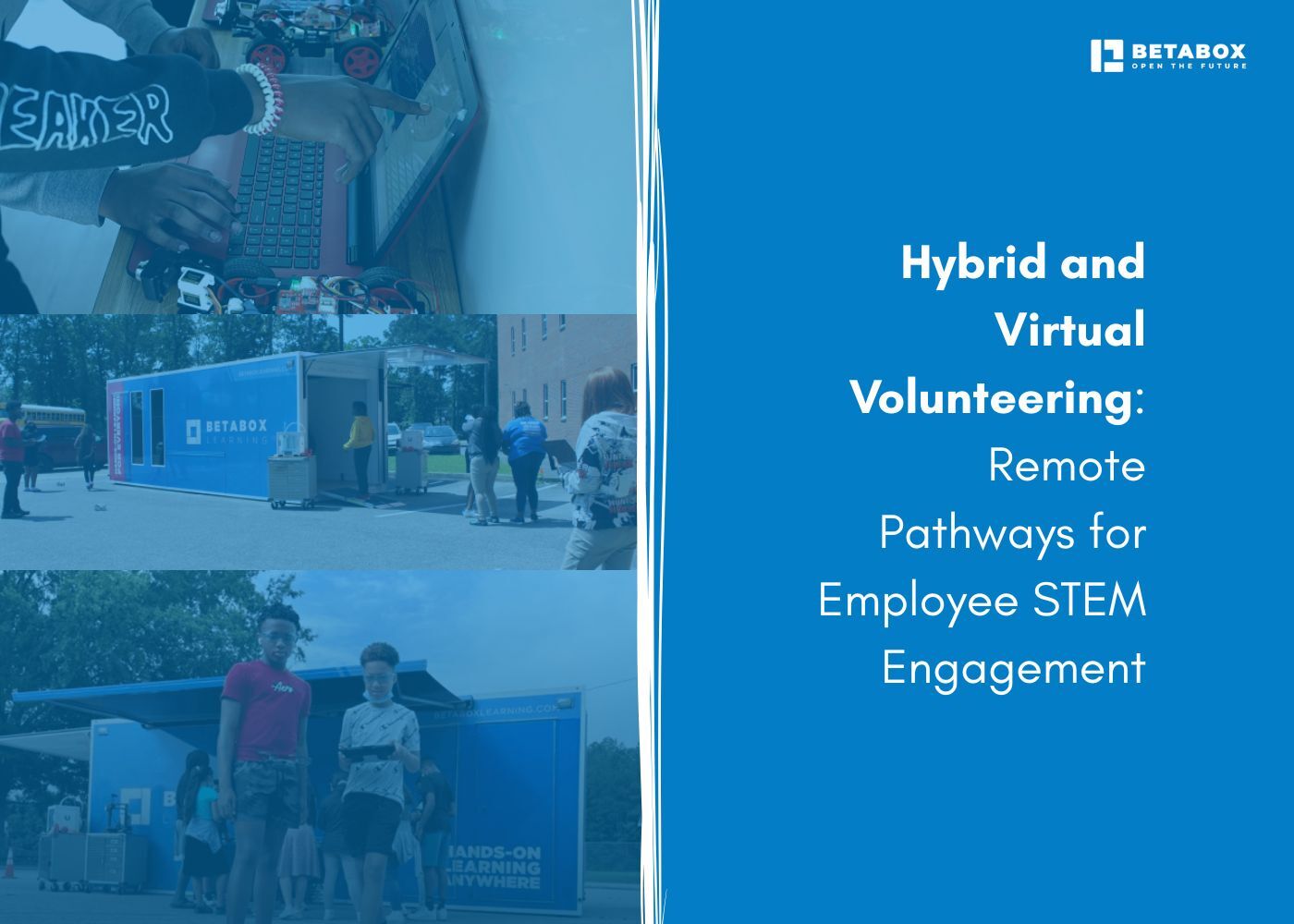

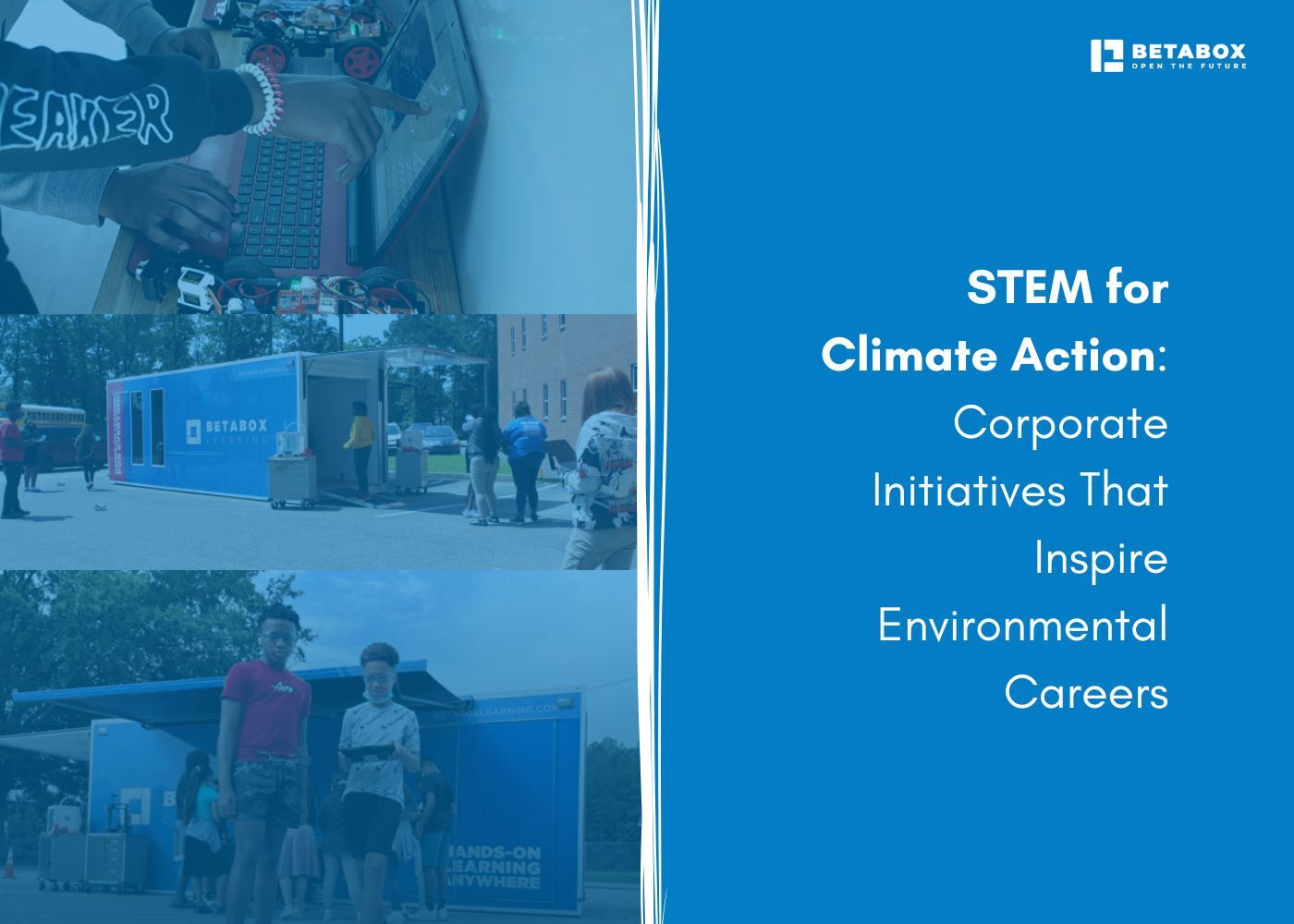



At Betabox Learning, we are passionate about making hands-on STEM curricula accessible to all students.

Join our newsletter to stay in the loop on all things Betabox and the future of STEM education.
By submitting your email address, you agree to our Privacy policy and Terms of Service. You can unsubscribe any time via the link in your email.
© 2025 Betabox. All Rights Reserved
